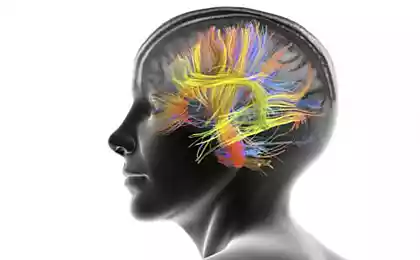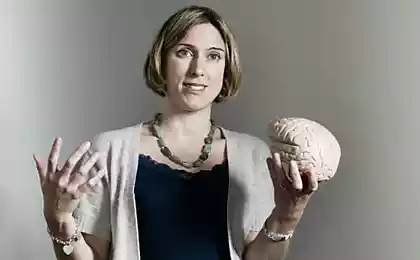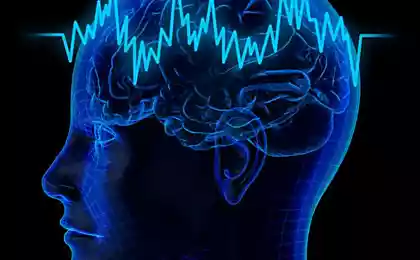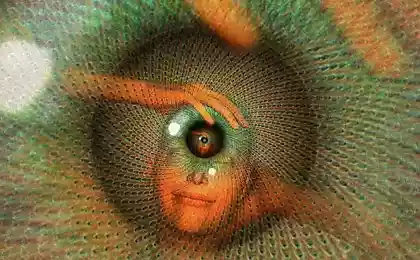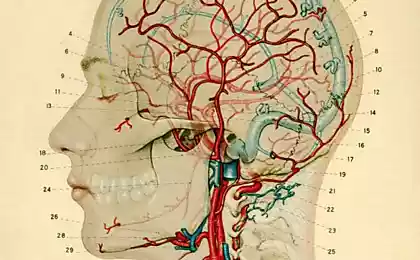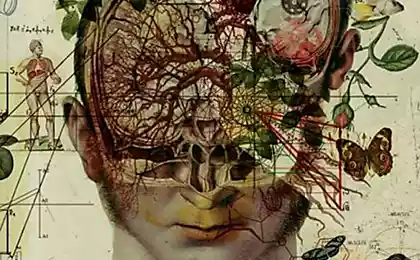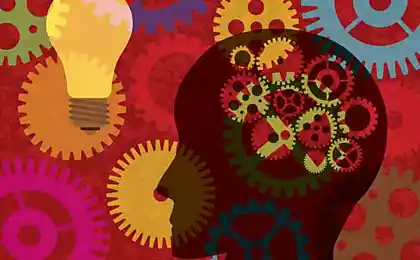502
10 facts about the structure of the brain

Read and enjoy what you do not learn in medical!
1. The cerebral cortex is made up of two hemispheres connected by a beam of nerve fibers. This beam is called the corpus callosum. It consists of 200-250 million nerve fibers is the greatest of the structure connecting the hemisphere. In the corpus callosum is a beak and knee.
2. fence - is the core of the brain in the form of a narrow strip of gray matter. The fence is related to the olfactory bulb. Neurons respond well to fences somatic, auditory and visual stimuli.
3. Grey hill - a department of the hypothalamus is responsible for autonomic functions (such as metabolism and thermotaxis). Because there is the hill, there is the hypothalamus, and nadbugore and zabugore.
4. The cerebellum have representatives of all classes of vertebrates. Even cephalopods (in particular, octopus) has similar brain education. The cerebellum is responsible for the coordination, regulation of balance and muscle tone. Cerebellar vermis - is its middle section.
5. After the legs of the cerebellum cerebellum communicates with other parts of the central nervous system.
6. The cavity of the midbrain called the plumbing.
7. pallidus - is the structure of the forebrain of higher vertebrates. Irritation pallidus via implanted electrodes causes the contraction of the muscles of the limbs and activation or inhibition of certain motor neurons of the spinal cord.
8. The head of the caudate nucleus is adjacent the bottom of the front perforated substance. This is where it connects to the lenticular nucleus.
9. The bridle top cerebral sail, according to the dictionary - is a fibrous cord that connects the upper brain sail roof of the midbrain. Frankly, we do not understand from the phrase or word.
10. The hippocampus (from Hippocampos - seahorse) - is part of the olfactory brain. He is involved in the mechanisms of emotion and transition to long-term memory. It ends bulges separated by shallow grooves into separate lumps called toes seahorse.
via factroom.ru
The longest dog language in the world has a length of 11, 43 cm
The British city has a tradition of public weighing of the mayor




